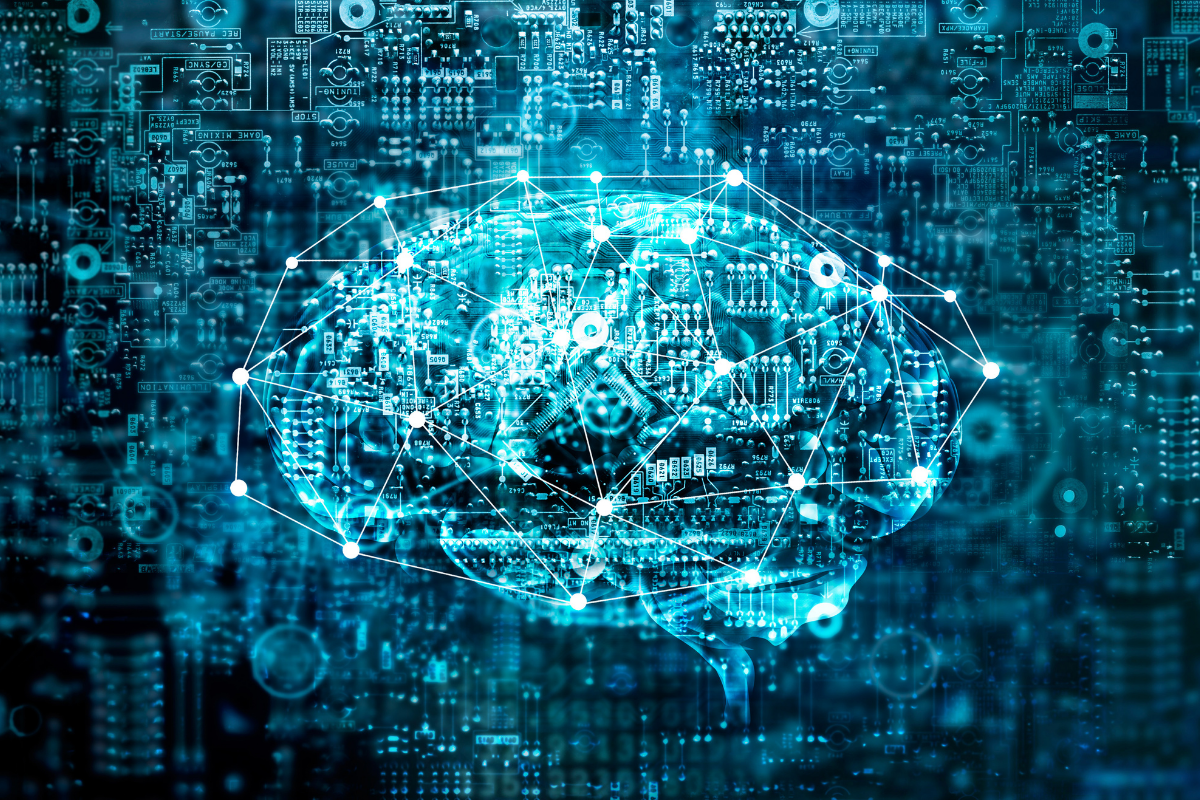
Machine Learning is a scientific discipline within Artificial Intelligence (AI) field that creates intelligent computerized systems that learn automatically. Learning in this context means identifying complex patterns in millions of data points.
Considered a branch of Artificial Intelligence, machine learning develops techniques that allow computers to learn from data without being expressly programmed to do this. This feature is an essential skill to design systems capable of identifying patterns in the data to make predictions.
At Nakasawa Resources, we apply these intelligent technologies in our processes as a tool for recording the parameters that influence the operation of our technologies and ensure not only process safety but also quality.
The Super Matroid, for example, addresses the transformation of water from its liquid state to the superheated dry steam or superheated wet steam state under a controlled system to measure and ensure high steam quality at the total system output (>95%). Technically, this translates into a system with a high percentage of gas-phase and a low or minimal percentage of the liquid phase.
A Programmable Logic Controller (PLC) with mathematical algorithms and automatic decision-making process design handles the data under proper balance to ensure system operability.
All this information, analyzed in real-time, helps us have systems capable of identifying patterns and making optimization predictions. This way, the continuous improvement of the process helps guarantee safety, profitability, and good results. Through our software, the system checks and warns about these patterns to propose immediate solutions while maintaining the integrity of the operations.
If we go back to the case of the Super Matroid, its automatic steam quality measurement station activates the essential commands for the automatic adjustment of the water-fuel ratio, in case it detects a decrease in the percentage of the gas phase within the steam stream, optimizing thus the steam quality in the desired range. These scenarios are automatically stored in the equipment’s master PLC and processed by the software to detect behavioral predictions.
Undoubtedly, the digitalization of our processes has shown us that technology can be at the service of our systems and work in the right direction to achieve better results more safely.
To download the full article, click here


